

Uh oh...
It appears that you're using a severely outdated version of Safari on Windows. Many features won't work correctly, and functionality can't be guaranteed. Please try viewing this website in Edge, Mozilla, Chrome, or another modern browser. Sorry for any inconvenience this may have caused!
Read More about this safari issue.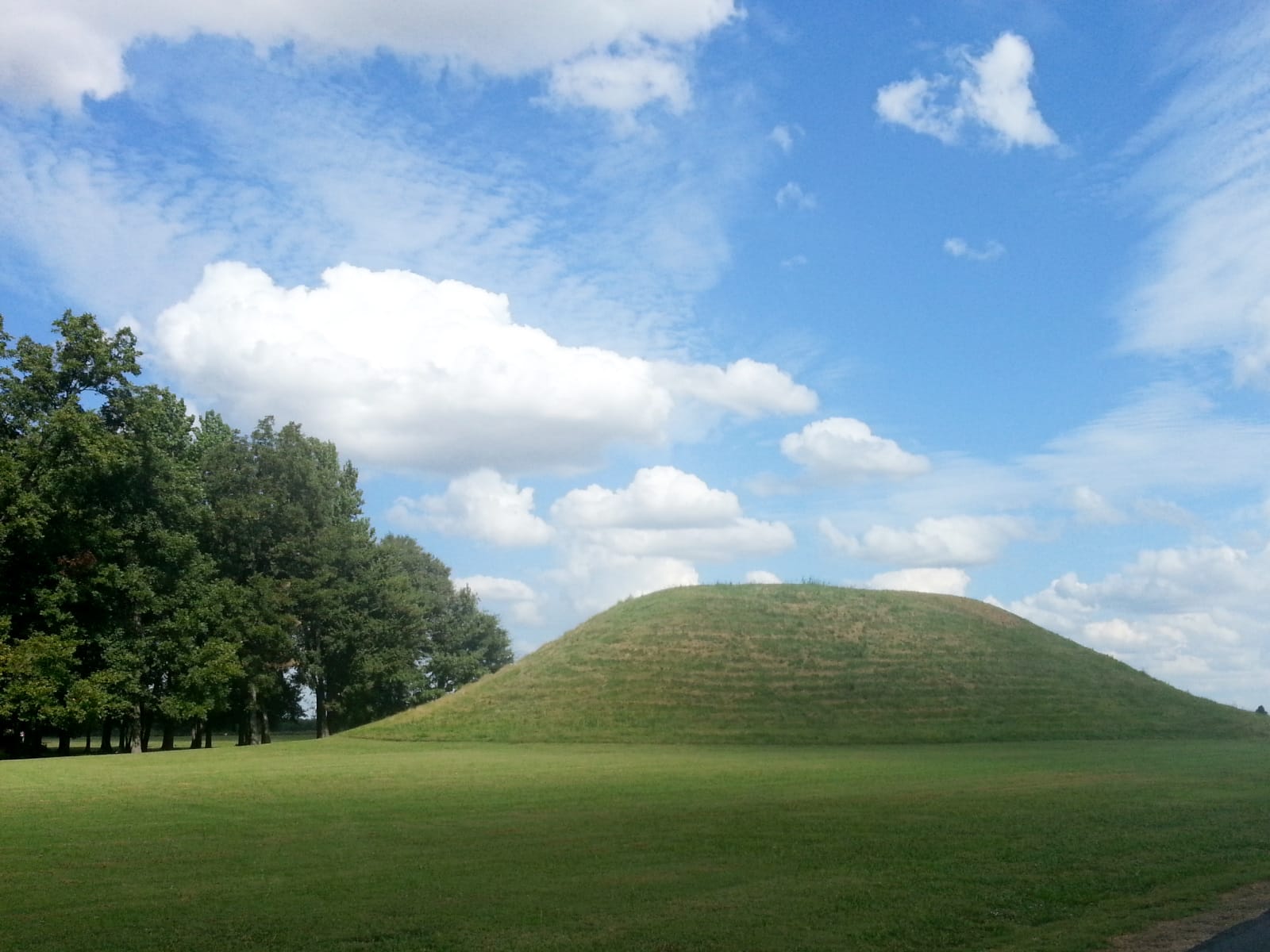

Toltec Mounds Archaeological State Park is located just about 30 minutes from Little Rock. When Pappy found out we were going, he was intrigued. He has always loved learning about Native Americans.
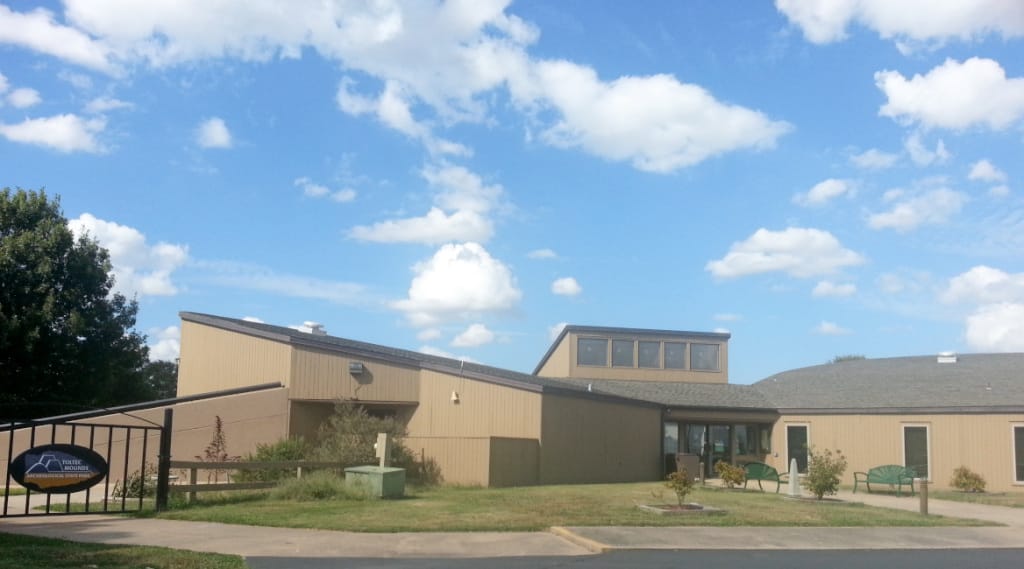
We entered into the state park facilities where a museum is housed. The displays include artifacts that were excavated, articles the Plum Bayou people would rely on for everyday life, and a replica excavation site. The children were amused by the furs and loved looking into the spy holes to enlarge seeds that were staples in the lives of the Plum Bayou.
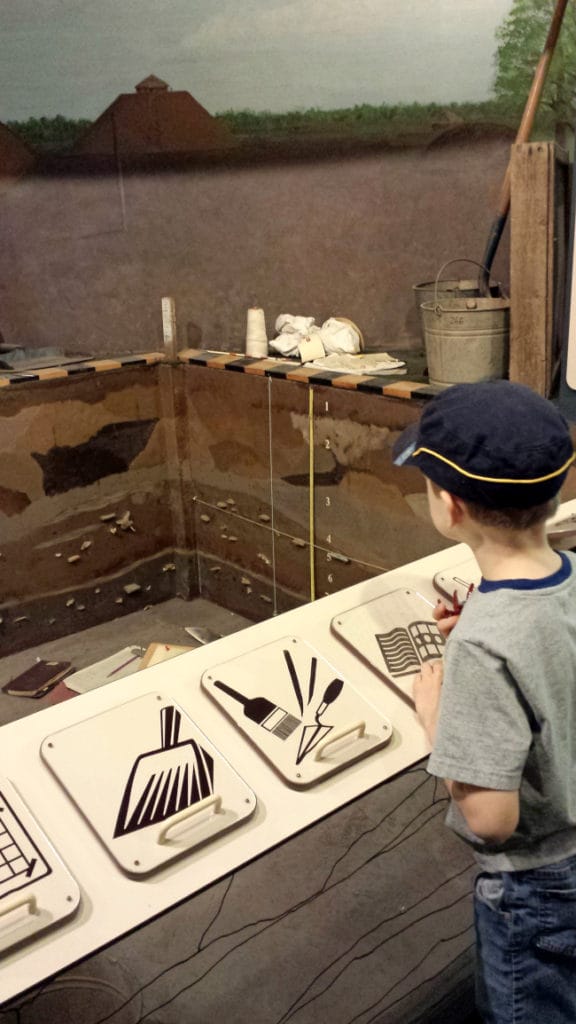
While waiting for our tram ride we watched a short video about the history of the people and why it is thought they built the mounds. After the children selected arrowheads, we loaded onto the tram for our guided tour.
To many, they may just look like mounds of dirt, but these remaining mounds are so much more. They are the remains of the grounds of the Plum Bayou people. The treasures found inside the mounds and surrounding area give us a glimpse into the lives of what was once a thriving area.
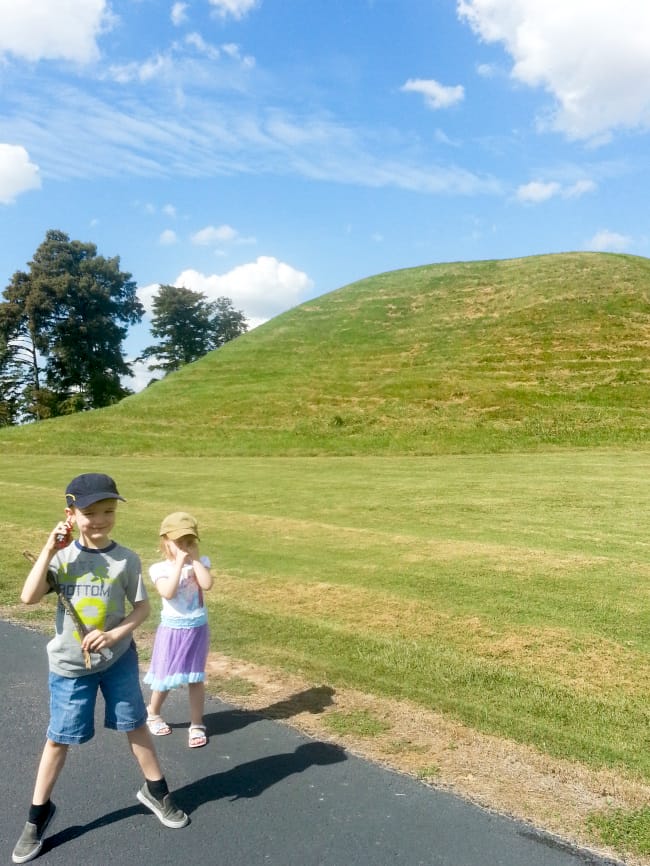
Toltec Mounds is one of the largest archaeological sites in the Mississippi River valley. The site encompasses about 100 acres and originally included 18 total mounds. We do not know what the Native people called themselves, as they did not have a form of writing. The people seem to have left the area around 1050 A.D. and although we do not know exactly why they built the mounds, they did leave some clues behind.
The mounds were built in a large rectangle shape, known as the ceremonial plaza. Although many of the mounds didn’t survive to our modern time, the ones remaining are quite massive. As we approached the largest mound, Mound A, our guide pointed out that it sits at 49 feet tall. In our times, that may not seem to be much, but they didn’t live in a time with tractors and a backhoe. All the dirt that was relocated was done by hand and possibly a bowl. It would take a great deal of time and effort to form just one mound, let alone 18.

We don’t know a great deal about the people that once inhabited the land, but through careful excavation, the archaeologists have been able to find a little about how the mounds were used. There were three types of mounds:
• Ceremonial mounds likely had many uses. But due to excavating, we know that one mound was used to prepare food. These were also planned so that some of the mounds lined up with the direct position of the sunrise and sunset on the exact day of the change in the season.
• Platform mounds are thought to have been used for ceremonies or may have had a building or residence on the top. These are the tallest and most impressive of the mounds.
• Burial mounds have human remains. Mound C is the only remaining burial mound.

Our park guide John was an excellent teacher and really worked to keep the children engaged. You could tell he enjoyed his job and it came through with his lively presentation. We made a total of five stops on the tour. Each stop helped us better understand what we were seeing and some of the facts about the Plum Bayou people. Perhaps the kids’ favorite stop was at Mound Lake. We discussed why the waterway would have been very important to the Plum Bayou way of life. The children enjoyed trying their hands at not tipping the canoe. All I can say is I was relived it was on the dock and not in the water.
No one knows why the people seemed to have abandoned the area in 1050 A.D. or where they went. Since the people did not use a written language we do not even know who their descendants are. The history of the people can only be found from what they left behind.

Both the Toltec Mounds Archaeological and Parkin Archaeological State Parks are run by the Arkansas State Park service in conjunction with the Arkansas Archaeological Survey. Both locations even have an onsite research station and Archaeologist.
The Parkin Archaeological State Park preserves and interprets a 17-acre American Indian village. It was located here from 1000 to 1600 A.D. A large platform mound on the river bank remains of what was once a thriving people. When they perform their excavations, you can observe as the artifacts are being unearthed.
There were once many archaeological sites similar to Toltec Mounds and Parkin throughout the region, but they did not survive as Arkansas was settled. Preserving these archaeological sites gives us the unique opportunity to learn about the rich history of our state and the Arkansas Indians.
Have you visited either of our Archaeological State Parks?
We do the work.
You check your email.
Sign up for our weekly e-news.
Get stories sent straight to your inbox!
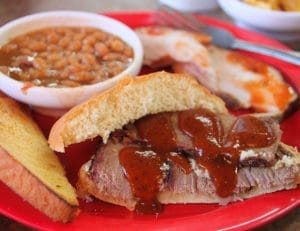
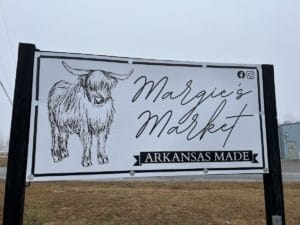







Like this story? Read more from Amanda Fiveash
Driving through the Ouachita Mountains in Arkansas makes me feel like a...
The Ouachita Mountains across western Arkansas are unique in many ways....
We often learn about the history of the area where we live, but we...
Join the Conversation
Leave a Comment